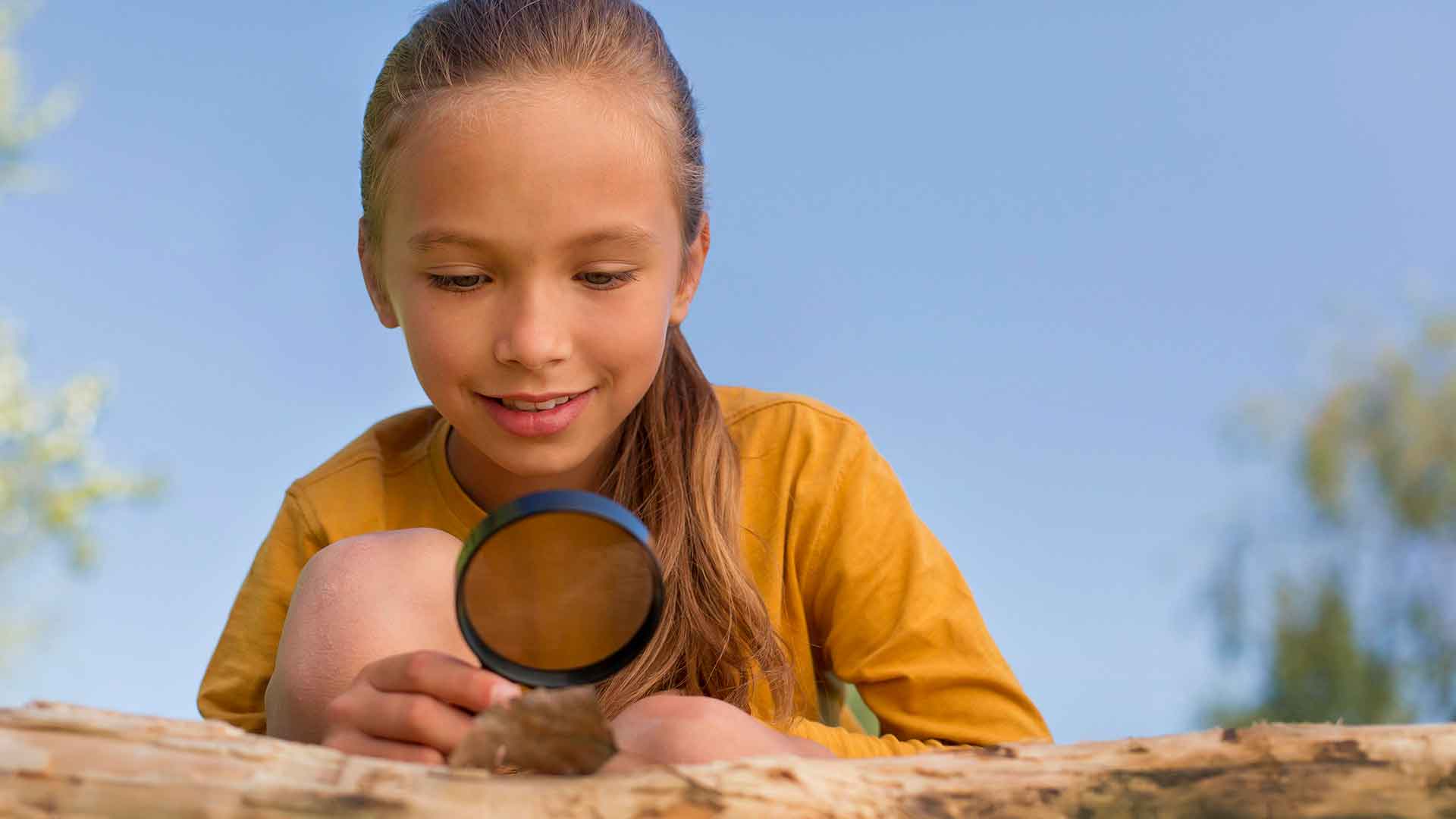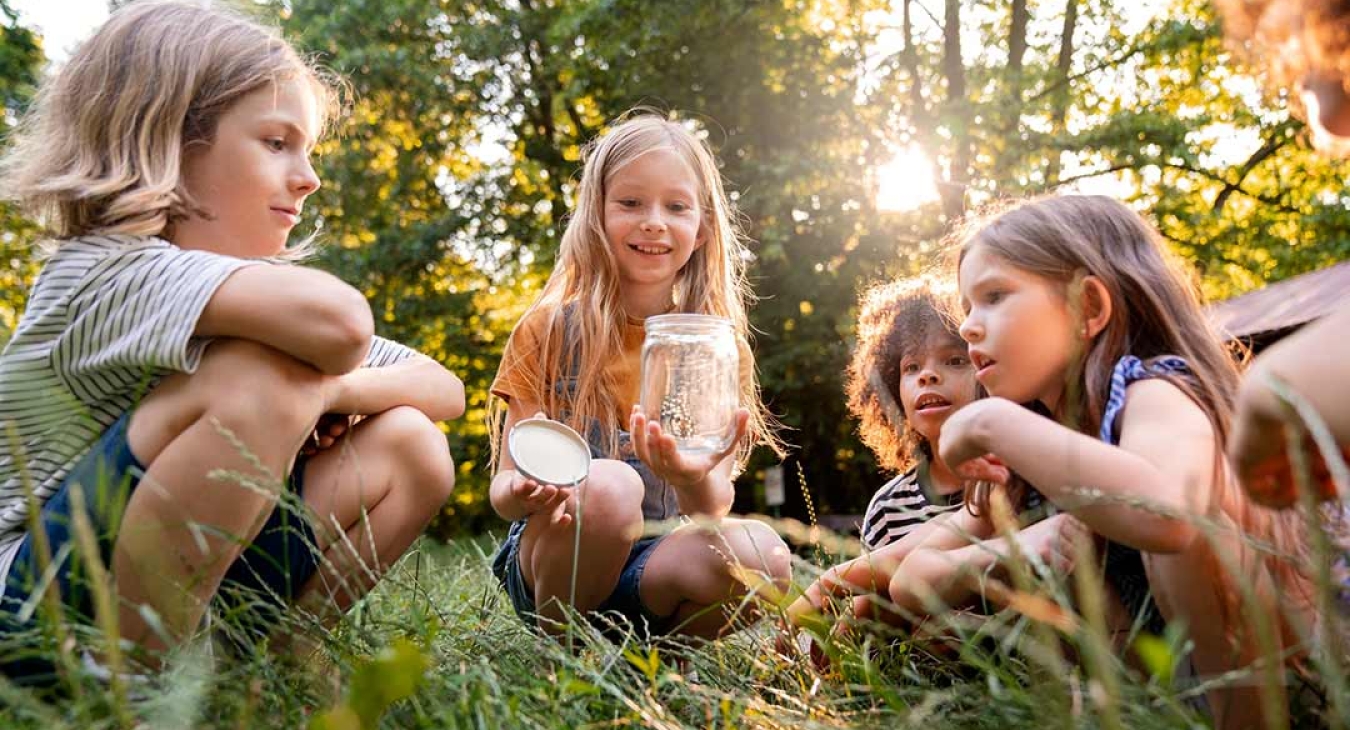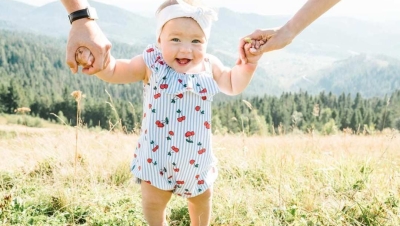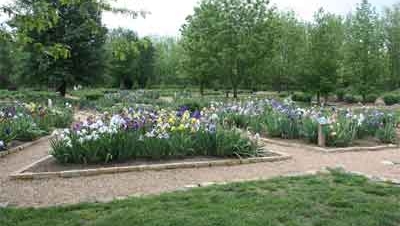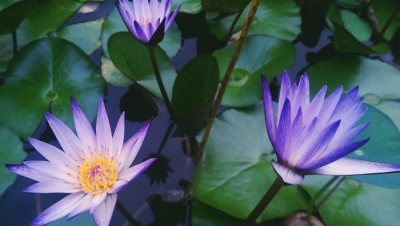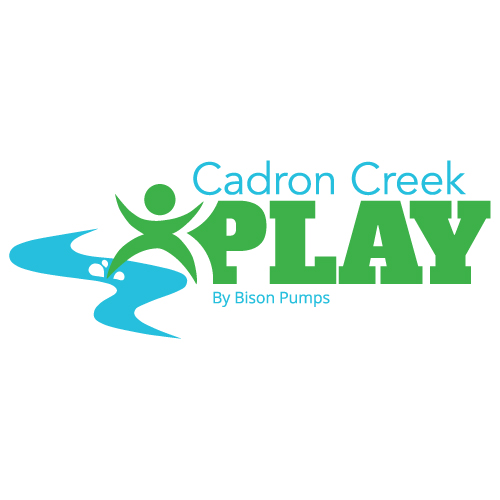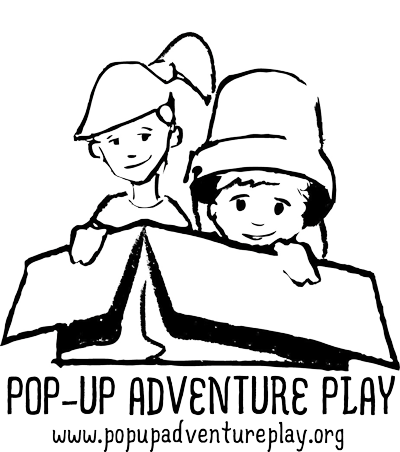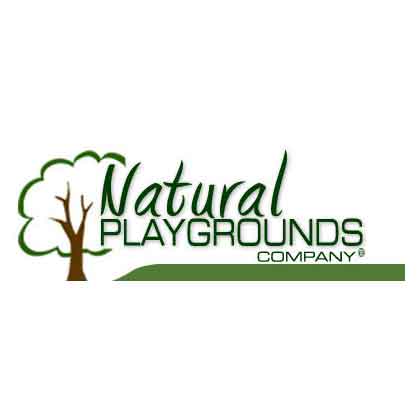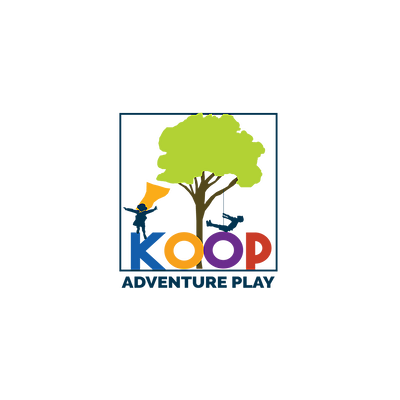Playgrounds for the Next Darwin
Since many children live in densely populated areas, the requirements for playtime have a much more rigid structure. Parents need to know where their children are, and how long they will be there, and in many cases, parents are still standing close by and watching. When it comes to children discovering nature on their own, if parents are lucky, these discoveries may happen in a classroom. Otherwise, they may occur in front of a television.
Researchers have shown that when a child learns about nature through dramatic depictions in the media, the subjects usually relate to global warming, endangered species, and other such tragedies. This is more likely to instill biophobia than biophilia, where children tend to avoid rather than embrace contact with nature. Fortunately, some people are doing what they can to develop programs to counteract these trends.
Two non-profit groups, The National Arbor Day Foundation and the Dimensions Educational Research Foundation, want to ensure that the first contact children have with nature is positive. These groups have developed a program called Kids Explore that suggests such activities as using a magnifying glass to help children find shapes and patterns in nature, mapping expeditions of trees in the local area, or even sending children on a scavenger hunt to make them aware of the living things near their homes.
In keeping with this theme, playground designers can do their part by incorporating more landscape elements into their playground designs. One way of doing so is by providing a foundation of hardy plant material that will endure in the playground area and that children can investigate. That means using plants that are indigenous to your specific region. Native plants are well adapted to the local conditions, temperatures, and moisture levels. They tend to require less water, fertilizers, and regular maintenance because they've developed natural defenses to insects and diseases. In Maryland, the Maryland Native Plant Society provides a list of recommended species and other resources to help choose such plants. No doubt your region has a similar society or government agency that can also make recommendations.
Designers can also incorporate nature into the playground by asking their clients to consider adding raised planting beds as part of the overall scheme. By getting the planting bed off of the ground, the designer can create a focal point in the playground area, provide easy access for young and old, and avoid the possibility of dogs using the planters for their own purposes. Planting beds allows children to get their hands dirty by growing flowers or vegetables, and as the plants mature, children have a chance to observe the seasonal changes. As an added bonus, if children decide to grow vegetables, they can gain an understanding of how food doesn't simply come from the grocery store.
Along these same lines, designers might also talk to their clients about saving money in the installation process of the new playground and leaving the tree planting for children and parents. The National Arbor Day Foundation can make arrangements for special deals on trees and give instructions on how to install them. A young tree will eventually provide excellent shade, and for children who are allowed to climb, even old-fashioned entertainment. Add a few more trees or a hedge and you can create a windbreak between the playground and an open field or a noise barrier between the playground and a group of sensitive neighbors. By the way, a hedge will provide a perfect habitat for songbirds that rest on their short twigs and nibble at berries.
Other than trees, hedges, and plants, no element can add more enjoyment to the landscape design than a simple birdhouse and butterfly bush. Building and hanging a birdhouse might be another project for parents to share with their children. There are numerous patterns available and all you need are the tools and the time. If that's not feasible, then the designer can simply provide a birdhouse as part of the overall plan.
There truly are countless ways to incorporate nature into your playground designs.

